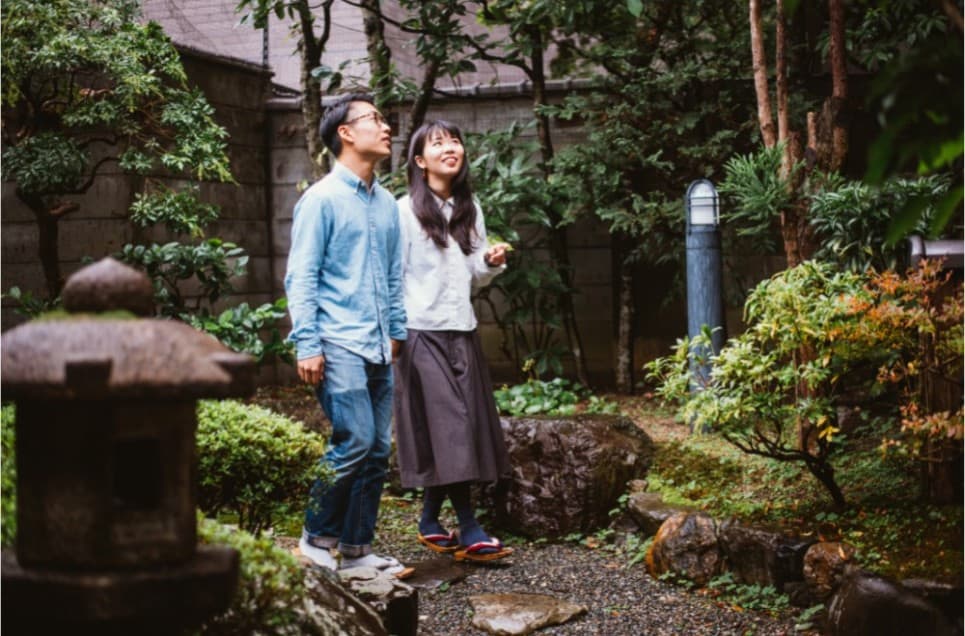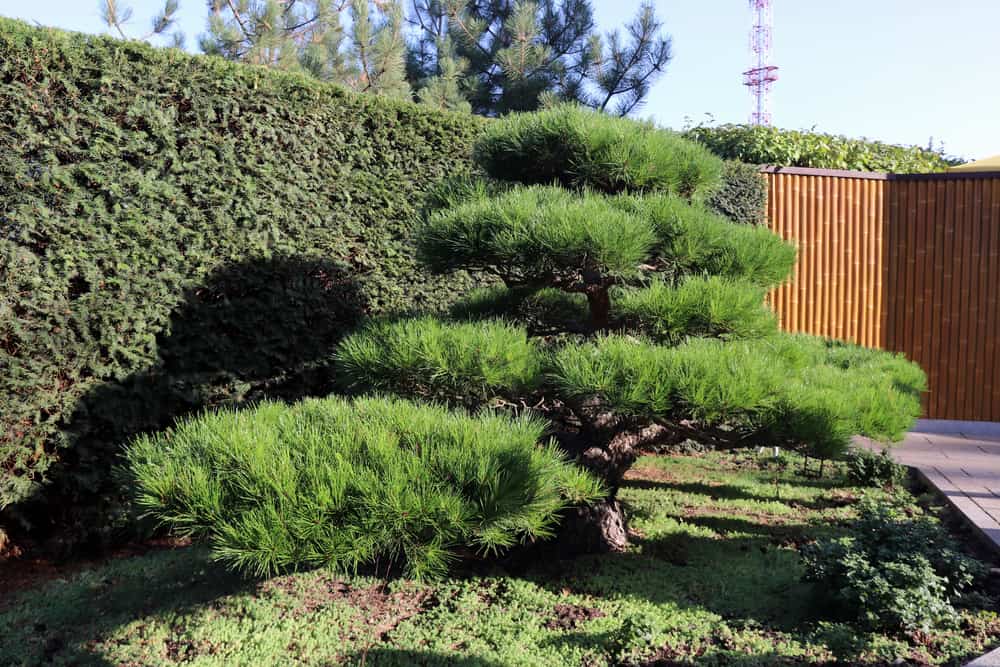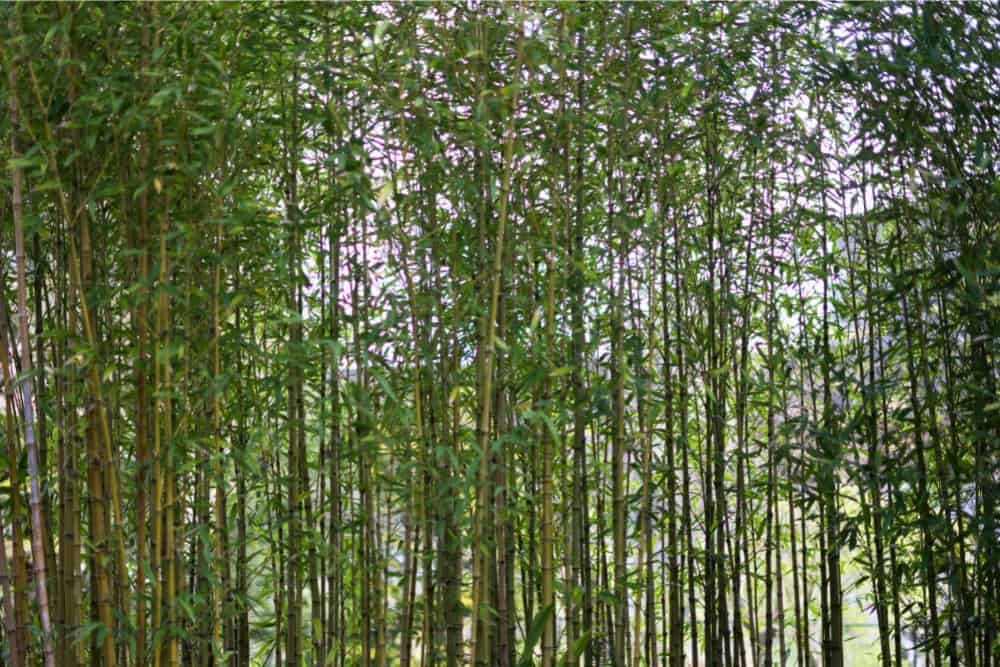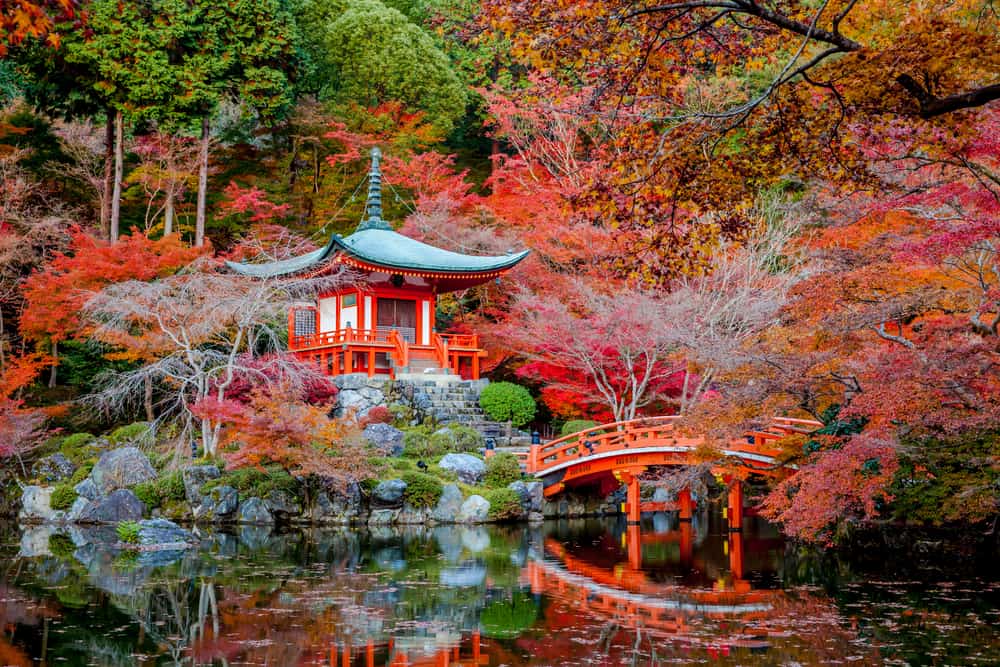Japanese gardens are designed according to the principles of Japanese aesthetic. It’s supposed to be a natural art that makes people feel calm, and inspires the soul. Even though a lot of what you see in a Japanese garden is the same as anywhere else, there is no denying how beautiful and tranquil it truly is.
It’s almost unfair to compare it to American gardens, because our country is still incredibly young. If you were to ask us what an “American garden style” looks like, there is no straight answer. As a culture, we haven’t emphasized a cohesive look…Unless you count large fields of grass in our backyards. Here at Home Addict, we’re going to break down exactly why Japanese gardens are so great, and how you can incorporate some of these tips into your own home.

30. Different Garden Designs For Different Purposes
If you’re a beginner, you might think about a garden with a general Japanese aesthetic. But once you really dive into it, there is so much more than that. The great thing about Japanese gardens is that there are different styles for different purposes. First, there is the pond or stream garden. Next is the “stroll garden”, which is meant for taking a nice leisurely walk. Then there is the courtyard garden, which is typically in the center of someone’s house. The dry garden is filled with a lot of empty space, gravel, sand, and stone. Finally, there is the tea garden, where people are meant to relax, enjoy a cup of tea, and bask in the beautiful scenery.
Here in the United States, we don’t have different designated garden styles for different purposes. We just have landscape architects figure out what they think would look good in each individual property. Our country is still so young, we haven’t had a chance to really get into an identity when it comes to our garden style.






























